Last weekend we decided to head to the nearest ski hill, in the French region of Alsace. Fortunately, it’s only a couple hours away. So, it’s close enough to make it down and back in a day. However, we decided to stay the night in the charming village of Colmar (which you may remember from our earlier post on this region). The next morning, we made it to the ski hill and had a very enjoyable day on the slopes (albeit a warm one … it was 11 degrees Celsius that afternoon when we left). However, we left with enough time to stop by one of the 146 Most Beautiful Villages in France … Riquewihr.
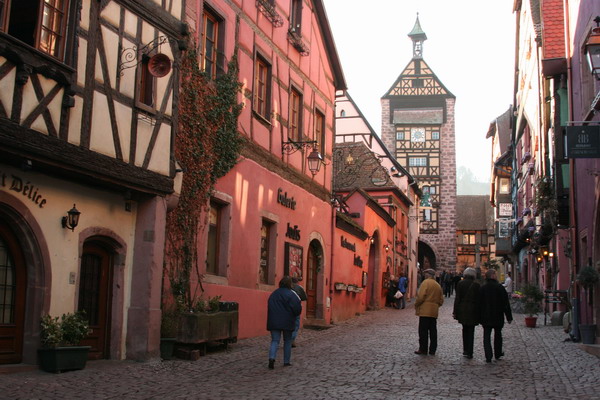
This is a village that hasn’t changed much in the last 400 years. Although it has become very touristy, it is still very charming.
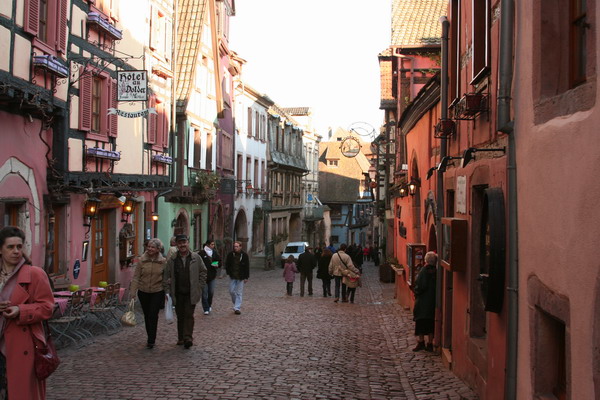
Since it wasn’t tourist season, we almost had the place to ourselves.
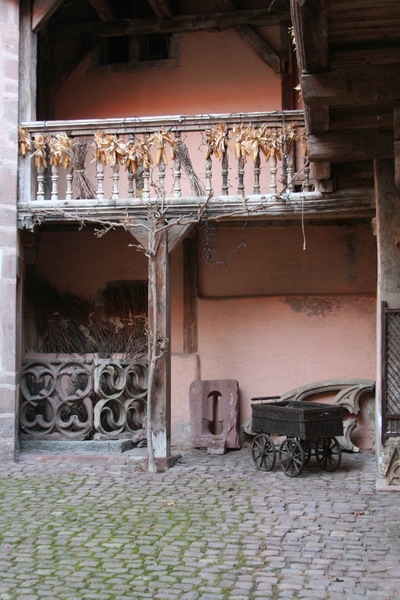
It was fun to wander around and see the beautiful architecture.
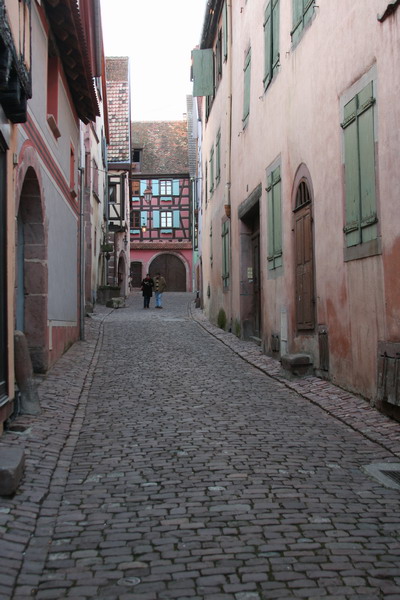
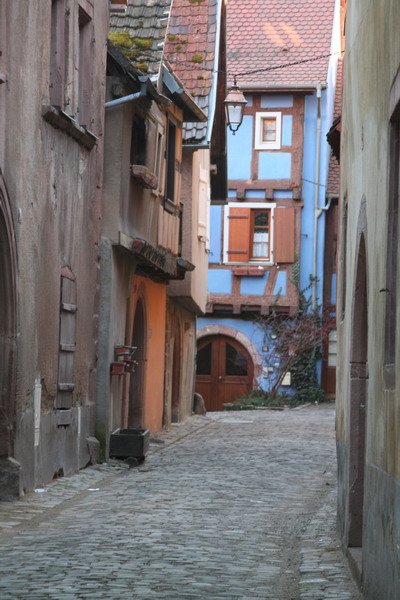
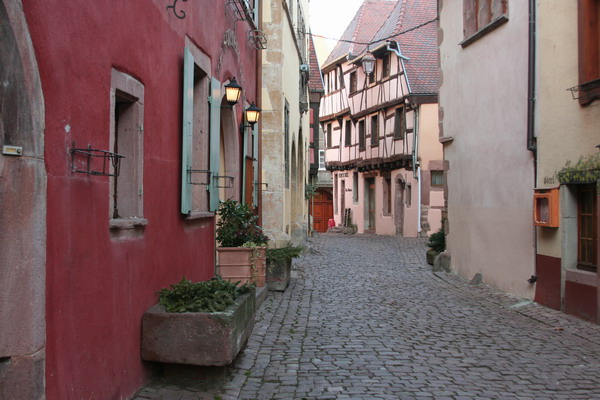
After we had sufficiently meandered through the streets, we hopped back on our steed, err, car and headed home.
So, until our next adventure (Berlin)…
–Jim
Day: February 17, 2008
Stonehenge
OK, so I’m a little behind in my posts. So, I am going to attempt a quick three to catch up.
These are from a couple weeks ago. I had the opportunity to go to England again. Unfortunately, I spent most of my time working, and only had a couple opportunities to go sight seeing. The one that beckoned me the most was Stonehenge (plus, Anna isn’t a fan of driving several hours to see a bunch of rocks and she decided not to join me on this trip). So, off to see the ancient site of Stonehenge…
Although we still don’t know exactly why or who created Stonehenge, the one thing that is certain is that it took a lot of effort for people to create this massive monument.
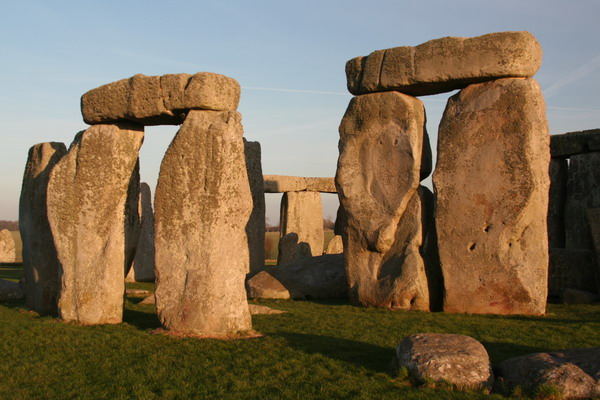
Initially, the site was a large earthwork (a bank and ditch) called a henge. This done about 5,000 years ago by the people of the neolithic era. Although popularly believed to the work of Druids from the Celtic people who lived nearby, there is nothing proving that theory. The only thing that seems to be certain is that the second phase of construction aligned the stones with the sunrise on the summer solstice.
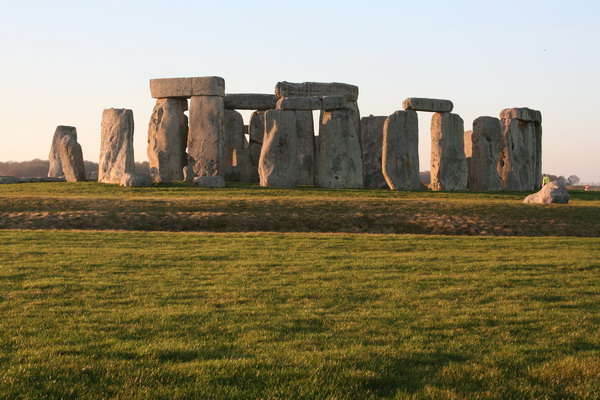
While, I was a little early for the summer solstice (also the only day people are allowed inside the ring for the last 30 years), it was still quite majestic to watch the sun set through the massive (some up to 50 tons) stones.
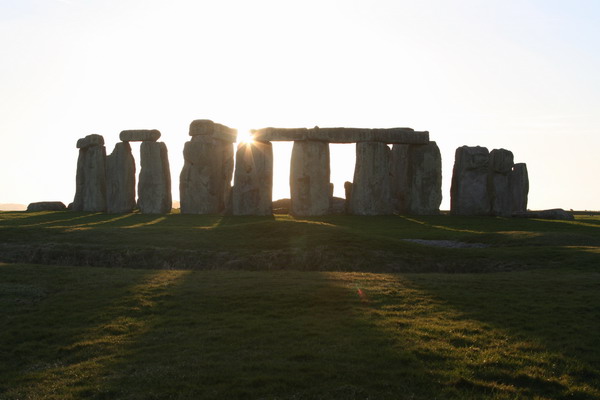
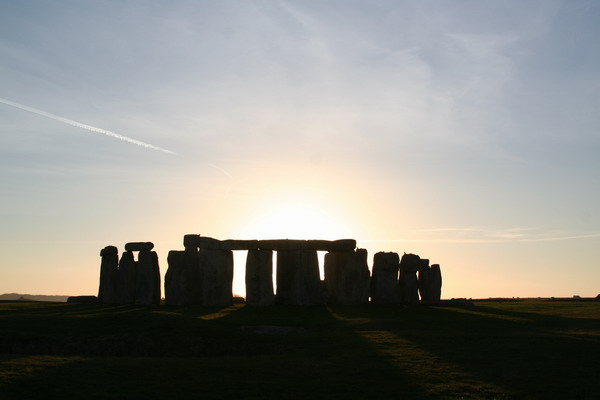
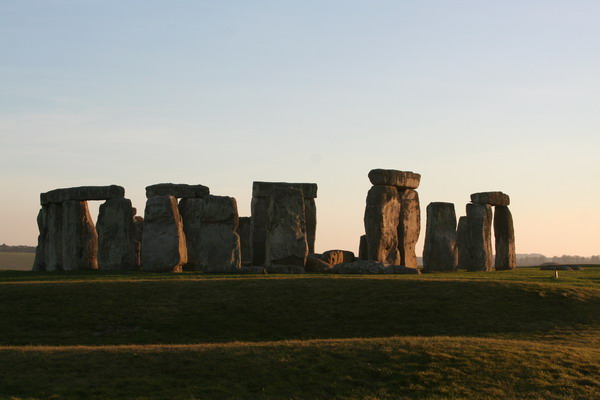
It was an impressive site to behold. I was very glad to have the opportunity to see it firsthand to truly understand what an impressive feat it was to create this monument.
So, until the next adventure (in France)…
–Jim
